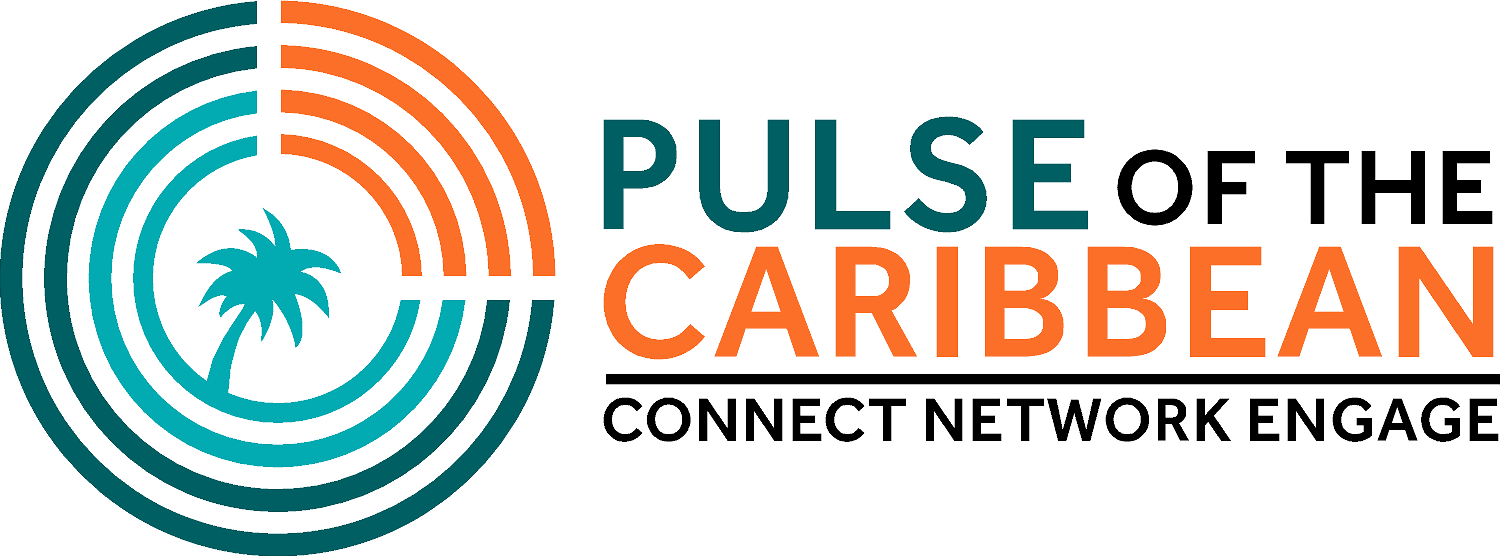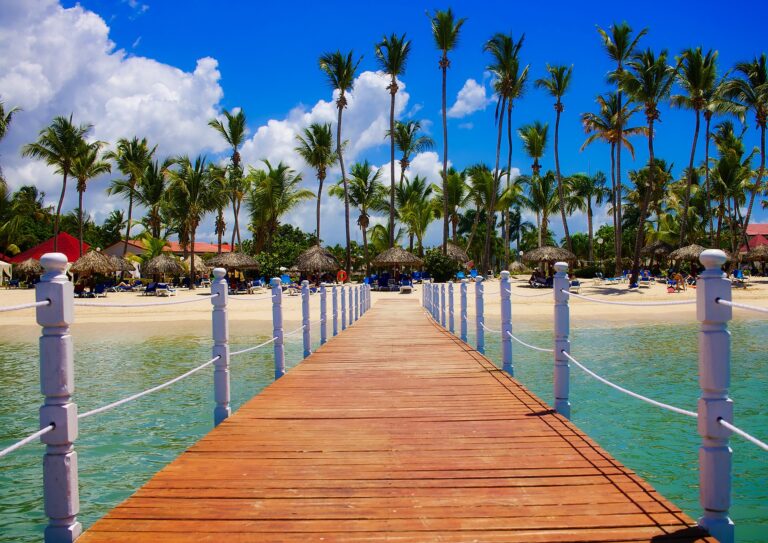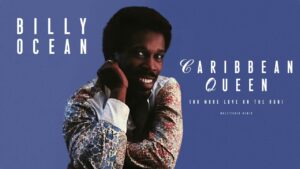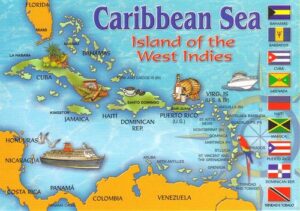I’d like to ask you to do me a favor before you continue reading this article about Caribbean coconuts:
- Get into a comfortable position and close your eyes
- Allow yourself to feel nice and relaxed, almost to the point of napping, after that.
- Consider yourself on a warm Caribbean beach for a moment.
- Open your eyes after you’ve memorized your image.
- What did you envision when you imagined a warm Caribbean beach?
Did you include any coconut trees in your imagination? Or rather, did you catch a whiff of coconut oil?
I’m sure it does, as this is the image that most people have when they think of a Caribbean beach. Dusty white sand, glistening blue-green water, and the beaches’ iconic coconut trees.
Coconut palms are so ingrained in everyone’s mental image of a Caribbean landscape that they appear to have always existed.
However, can you guess what it is?
They are NOT indigenous to the Caribbean, having arrived less than 500 years ago!
Spanish and other European colonizers introduced them to the Caribbean region during the first half of the 16th century.
This may surprise some. “But… Coconuts, I assumed, could withstand seawater erosion and be buoyant enough to float thousands of miles,” you may be thinking. Right? Isn’t this how they arrived in the Caribbean and then throughout the world? “Didn’t they float there from another location?”
To be sure, I am aware that many people believe this. Indeed, some historians subscribed to this view. However, the evidence demonstrates unequivocally that this is incorrect.
A coconut is never mentioned in the earliest Spanish records or in other colonizing European nations exploring the Caribbean in the late 15th and early 16th centuries. Additionally, there was no Taino or Caribbean word for coconut – these were Caribbean Island indigenous people, and anyone who knew they were present would have known. There is no indigenous word for coconut because they did not exist before the arrival of the Spanish. Most linguists believe the word coconut comes from the Spanish word for “monkey,” as the coconut resembled a monkey face with two eyes and an open mouth.
However, the Spanish discovered coconuts on Central America’s WEST coast. History books and other sources stated incorrectly that coconuts spread from Central America’s west coast to the Caribbean for an extended period. Genetic evidence, on the other hand, strongly suggests that this is incorrect!
When coconuts from around the world are subjected to DNA analysis, it is discovered that they fall into two distinct and distinct genetic groups. While they all belong to the same species, the two groups are genetically distinct and easily distinguishable.
Coconuts are a type of fruit indigenous to the Pacific region of Indonesia. Coconuts from the other group originated in the Indian Ocean, near India. Madagascar was the only location where it appeared as though the two groups had interbred. Coconuts found on the WEST side of Central America have been conclusively identified as belonging to the Indonesian Pacific group. In contrast, coconuts found in the Caribbean are classified as belonging to the Indian group. As a result, the coconuts found in the Caribbean did not originate on Central America’s west coast.
If you play historical detective, it appears that people or currents brought coconuts from India to the east coast of Africa first. They were then relocated to the west coast of Africa by people in the 16th century. Shortly after that, brought to the new world by colonizers of the time.
As a side note, coconuts on Central America’s west coast are believed to have been brought over by Polynesian sailors over 1000 years before Columbus “discovered” the New World. That is something to consider! Never take anything in a history textbook as gospel. As is widely assumed, Columbus was not the first non-native to “discover” America.
Now, let us return to the Caribbean coconut’s story:
When the Europeans “discovered” the coconut, they quickly realized how simple it would be to transport sterilized water (coconut water) and nutrients aboard ships, embarking on lengthy saltwater voyages where fresh water was scarce and frequently contaminated.
According to written records, coconuts have been planted in the Caribbean since at least the mid-16th century. They were occasionally planted along the edges of sugar plantations to provide water and food for workers. Coconuts were not cultivated commercially on a large scale as a cash crop until a few centuries later.
While this may appear to be off topic, please bear with me as I discuss the shipwrecks before continuing with the story about the Caribbean coconuts:
Numerous shipwrecks occurred during the 1500s, most notably the well-known incident in which an entire fleet of Spanish ships laden with gold sank while attempting to cross the Passage de la Mona between the Dominican Republic and Puerto Rico during a violent hurricane. Indeed, the Mona Passage is infamous for shipwrecks, as even in the best of weather, the sea conditions were challenging to navigate. Even with modern technology, navigating the Mona Pass can be challenging. Numerous men have perished as a result of the numerous shipwrecks in this area.
So, why am I discussing shipwrecks when I should be discussing coconuts?
As it turns out, the coconuts spread rapidly throughout the Caribbean, owing to the ships’ movement, which carried them much faster than the currents. Indeed, thousands of coconuts could have been thrown overboard during shipwrecks, creating an entirely new environment for coconuts. When some of these coconuts arrived on land, they almost certainly took root naturally. However, it turns out that it was pretty common for people in the Caribbean region to intentionally plant the bounty of coconuts provided by the sea. In this manner, the majority of coconuts would survive to produce another coconut plant. This is precisely what occurred in West Palm Beach, Florida, and how the city received its name. A ship sank on the high seas, scattering a few thousand coconut trees planted by locals upon their arrival.
On the Dominican Republic’s east coast, Punta Cana has surpassed all other vacation destinations in popularity. Indeed, the original small community of Punta Cana is referred to as Punta Cana, but the entire 39-mile-long east coast is referred to as Punta Cana or the Punta Cana Coast. The area’s initial investors, however, dubbed it “La Costa del Coco.” This was due to the region’s extraordinarily lush and mature coconut forest, which lined the coast and extended quite far inland. Occasionally, the phrase “the coconut coast” is still used.
I lack conclusive evidence, but I can’t help but wonder if the coconut trees that line the Punta Cana coastline are descendants of coconuts lost in a long-ago shipwreck. The coconut grove may even be the remnants of a 1500s shipwreck. You might think you’re looking at a historic shipwreck marker when you see those coconut trees.
Remember that when you see a coconut palm tree in the Dominican Republic or elsewhere in the Caribbean, it is NOT a native Caribbean plant. Coconuts have been conditioned to be associated with the Caribbean. Close your eyes and visualize a Caribbean landscape devoid of coconut palms. It’s more challenging than you believe!














